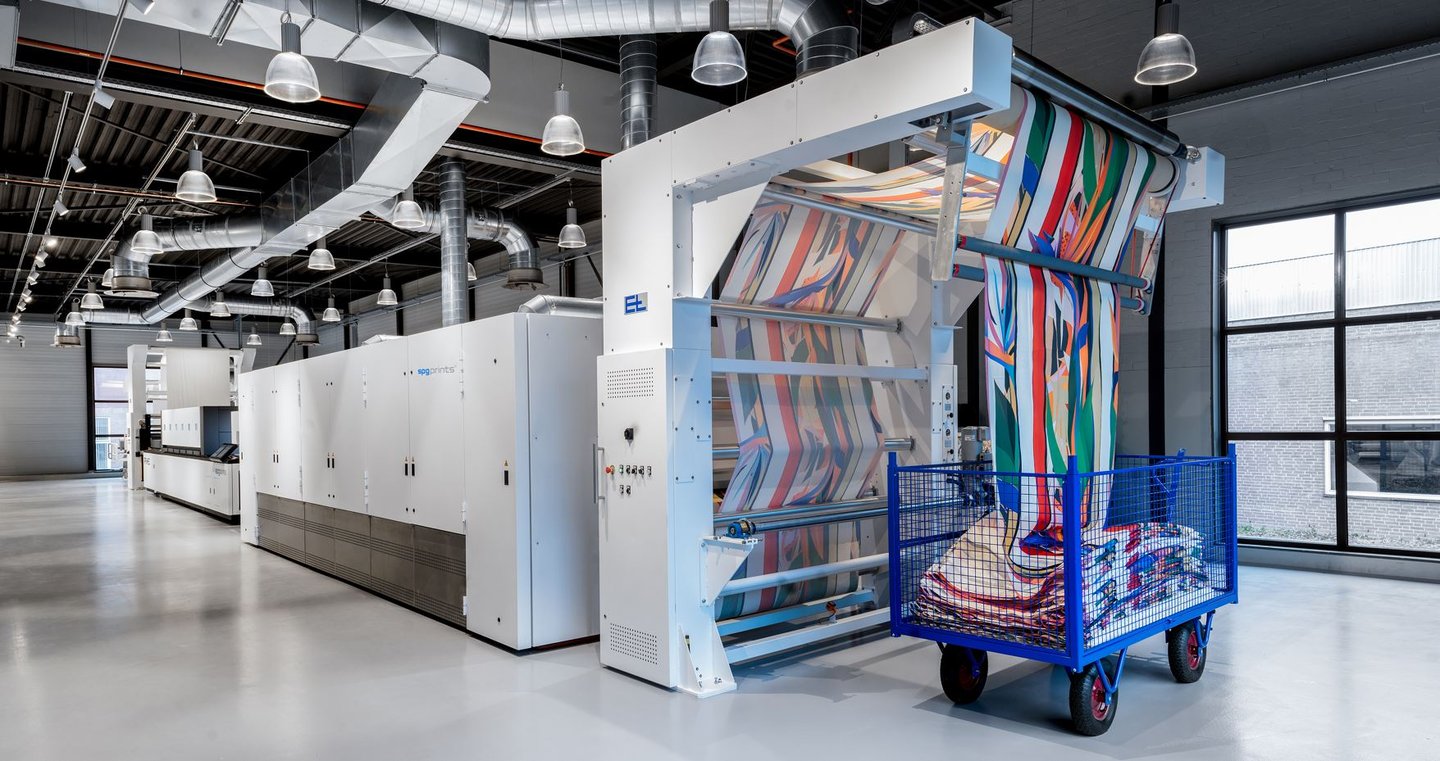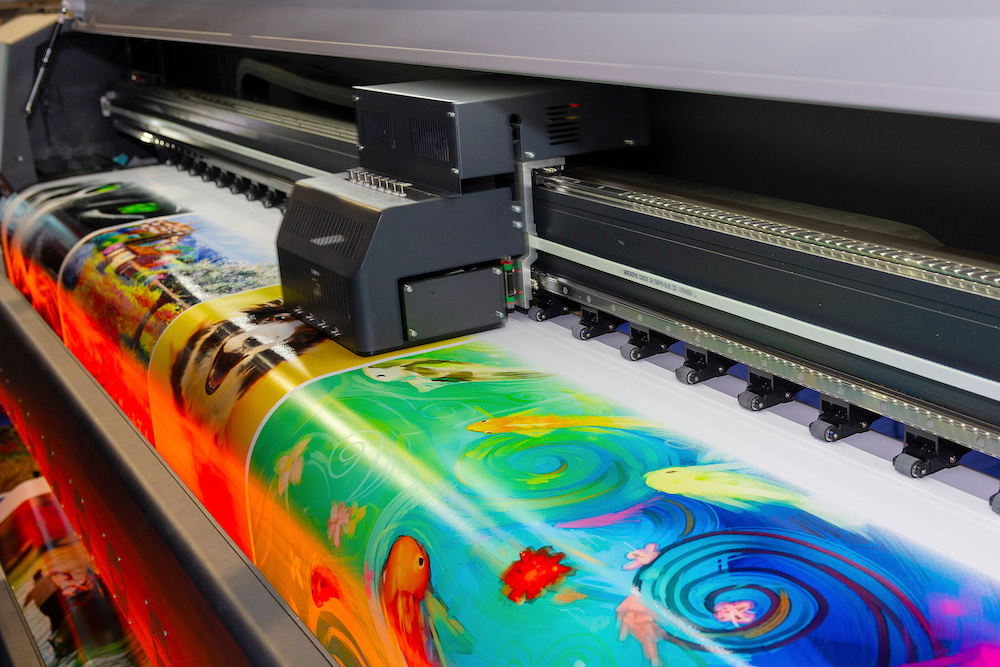The Best Strategy To Use For Digital Printing
The Best Strategy To Use For Digital Printing
Blog Article
Things about Digital Printing
Table of ContentsDigital Printing Fundamentals ExplainedThings about Digital PrintingGetting The Digital Printing To WorkSome Known Questions About Digital Printing.Rumored Buzz on Digital PrintingGetting My Digital Printing To WorkNot known Facts About Digital PrintingThe 6-Second Trick For Digital Printing
Customization also allows companies to stick out in a congested market by producing distinct advertising materials that differentiate them from their rivals. Among the primary advantages of digital printing is the capacity to publish variable data. Each printed item can be one-of-a-kind, enabling companies to create personalized advertising and marketing products that speak straight to their target market.Digital printing also enables for customization in the layout of marketing products (Digital Printing). With digital printing, organizations can produce layouts that are distinct and customized to their particular demands.
The Only Guide for Digital Printing
This advantages organizations that intend to evaluate various advertising and marketing strategies or release brand-new products and solutions. By publishing smaller quantities of advertising products, businesses can decrease waste and prevent the demand for excess inventory. Digital printing is also functional. It can publish on various materials, including paper, cardstock, vinyl, and metal.
By using different products and formats, companies can produce distinct advertising materials that stand apart from their competitors and draw in interest from their target audience. Digital printing also offers consistency. With traditional printing methods, there is often variant in between prints as a result of distinctions in ink protection, pressure, and other variables.
This uniformity can assist develop customer trust and trustworthiness, showing that business is dedicated to giving high-quality products. Consistency is particularly vital for services that desire to construct client trust and credibility. By guaranteeing that every print is consistent, businesses can reveal that they are devoted to providing high-grade products and focusing on the information.
What Does Digital Printing Do?

Additionally, digital printing creates much less waste because it can print as needed and in smaller amounts, lowering the demand for excess inventory and materials. Digital printing also uses less energy compared to conventional printing techniques. Digital printers do not need as much power to run, as they do not need to heat up as much or utilize as much power to run.
Not known Facts About Digital Printing

Countered printing needs a plate for each and every color published. Typical balanced out printing is a print approach that uses aluminum plates to move ink onto a rubber sheet (frequently described as a "covering"). The image is then rolled onto the printing surface area. This printing approach is thought about "balanced out" due to the fact that the ink is not transferred to the paper directly.
The 3-Minute Rule for Digital Printing
Countered printing enables for a large variety of print materials to be used during production. The high-quality photos created via balanced out printing make it the preferred approach, particularly among visuals designers, when looking for the greatest shade reproduction, detail, and professional-looking prints.
The basic printing technique remains balanced out. For digital inkjet printing, ink is moved directly onto the surface. More Help Instead than relying upon light weight aluminum plates and rubber blankets to move a picture, digital printing uses liquid ink throughout production. Typical home inkjet printers are among one of the most common electronic printing methods.
The 2-Minute Rule for Digital Printing
Better color fidelity refers to both the precision of the shades and their equilibrium in the style. Due to the fact that countered printing can blend custom color inks for each job, it will naturally get the colors spot-on. Works equally well on almost any kind of product. Reliable, superior image quality. Count on offset printing for clean, distinctive kinds and photos without touches or places.
It sets you back a great deal to start an offset job. You need to spend money into developing home plates, which takes some time. Nevertheless, once you've invested it, every one of the materials are ready to go, and you'll invest much less see here now on huge offset work than an electronic print, which is regarding the same per item despite how big the task gets.
Digital printing is much less costly for low-volume tasks. The rate per unit goes down for electronic printing, so at some point, they crisscross. Altering details within a single print job.
Digital Printing Can Be Fun For Everyone
While digital printing or inkjet printing is the preferred choice in the present times, there are compelling reasons to convert from offset to digital printing systems. Contact Kao Collins about color matching and customized formulas. When printing balanced out or digitally, vital decisions and processes are associated with color matching. If it has a graphic overlay or consists of a tag, it will certainly have colors.
Industrial inkjet printing supplies flexibility for printing on numerous various substratums. Digital printing is suitable for clients who do not call for longer runs and warehousing why not look here materials.

One advantage of digital printing is selecting from a large array of electronic substratums. With electronic printing, the price of the substratum in the overall job is minuscule.
Unknown Facts About Digital Printing
drop-on-demand is the second printing modern technology to take into consideration. Continual inkjet systems need considerable maintenance, even more driver training, and higher downtime. However, equipment prices in inkjet printing are much lower than offset printing as there are no plate-making, plates, and press expenditures. Past the capital expenditure, the prepress tools and printing machine require highly skilled operators in balanced out printing, which adds labor prices.
Report this page